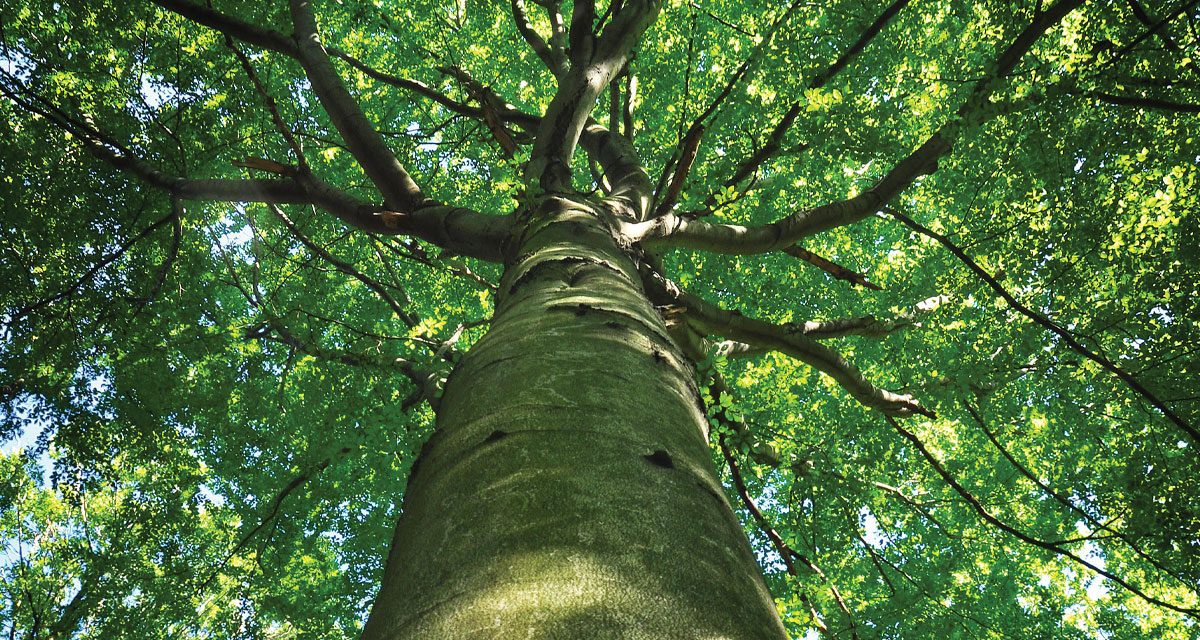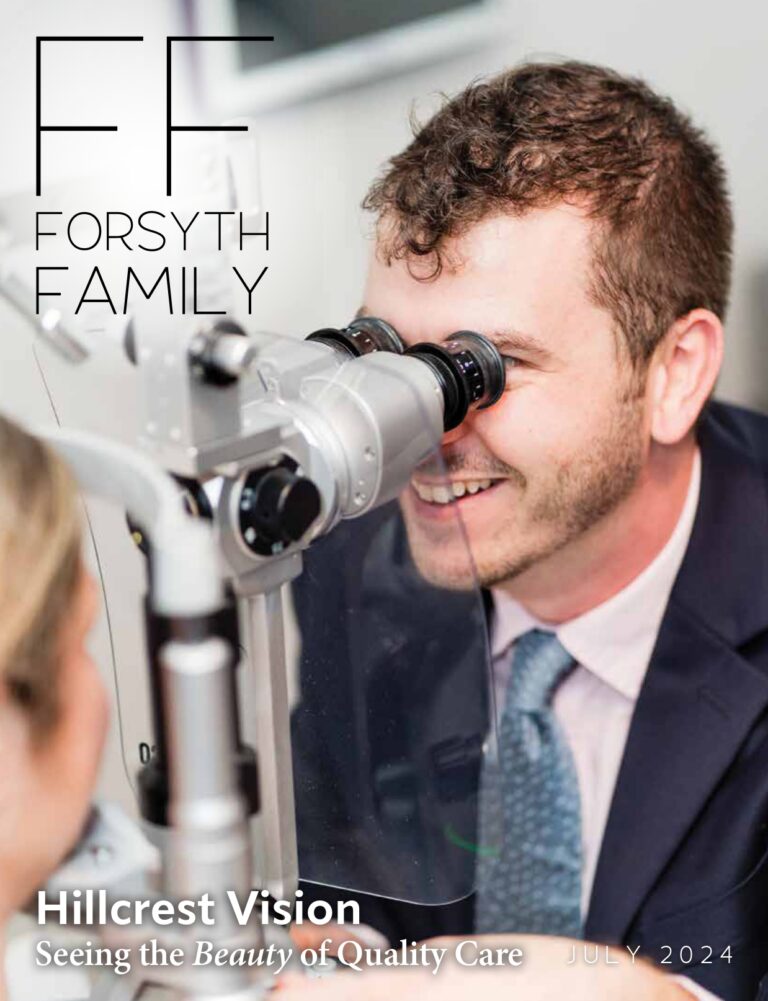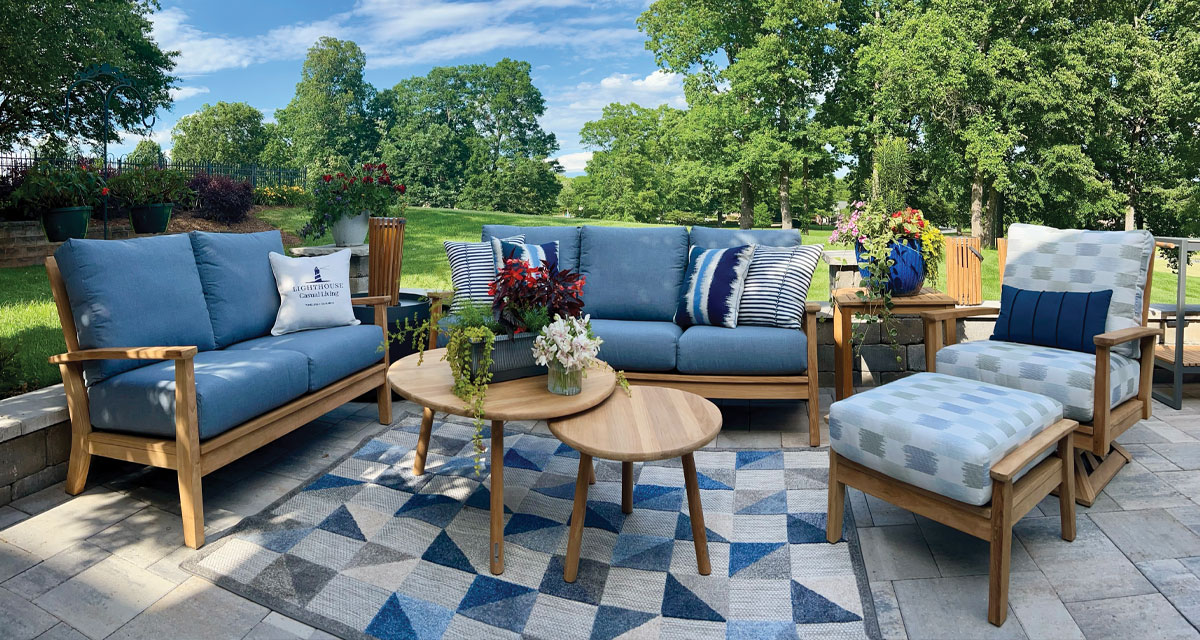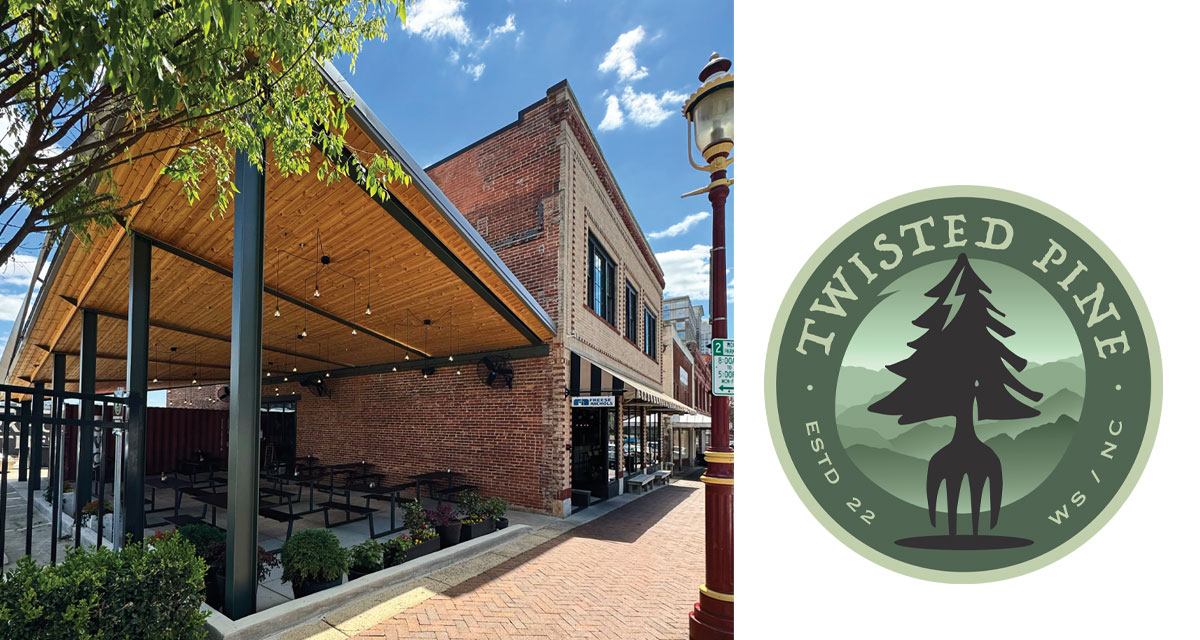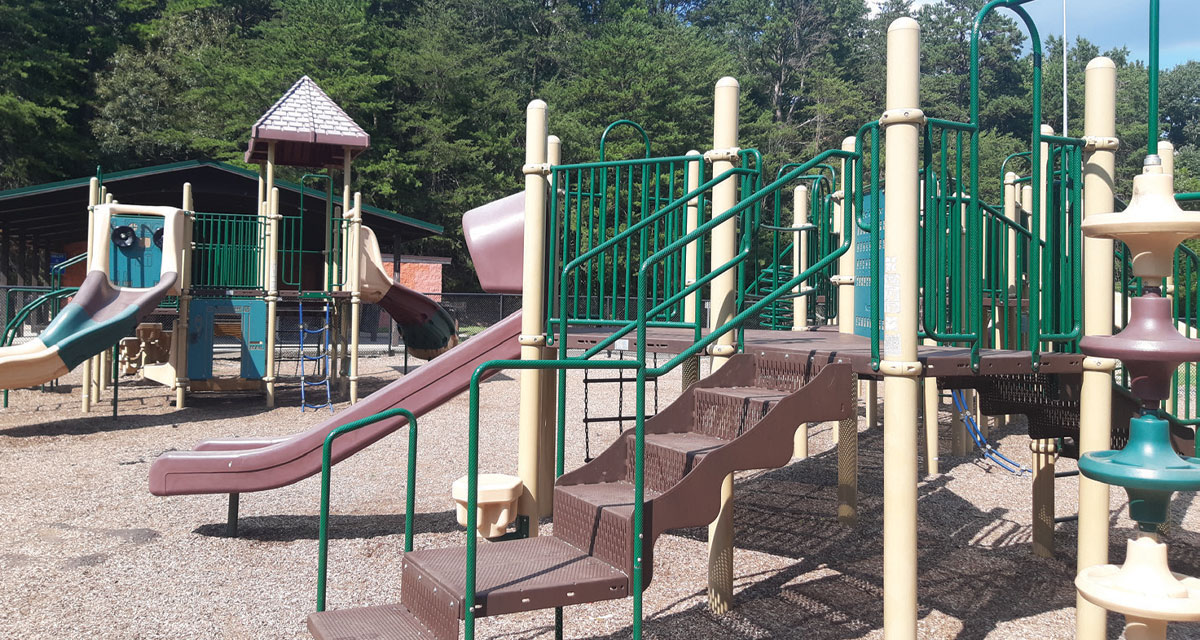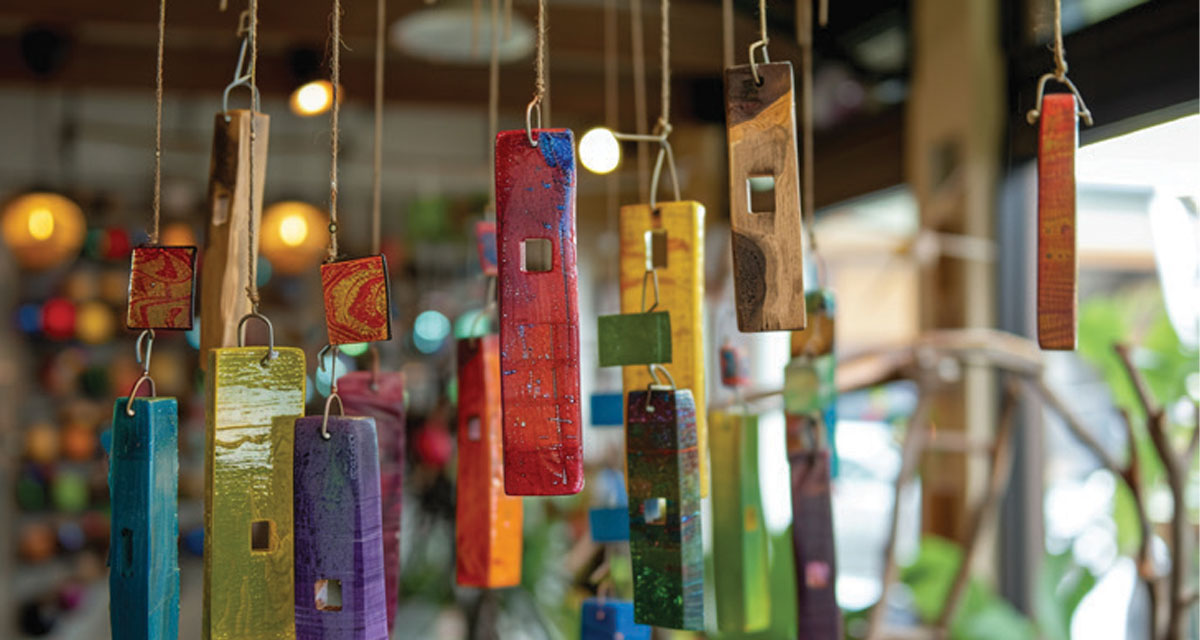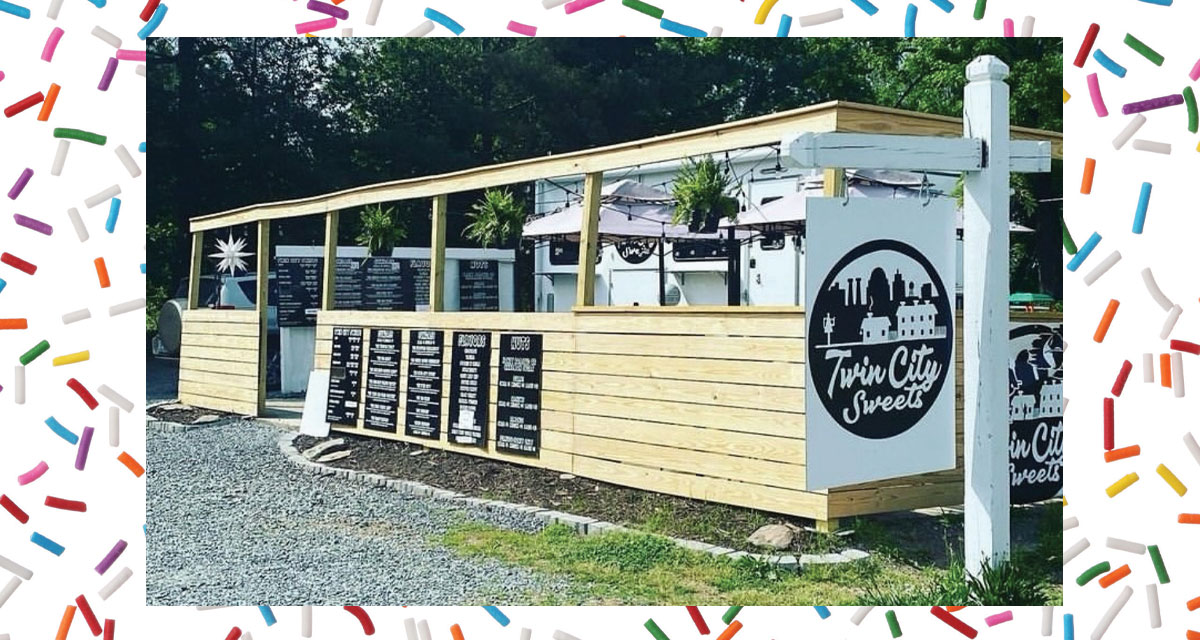The Giving Tree by Shel Silverstein, The Lorax by Dr. Seuss, and The Great Kapok Tree by Lynne Cherry are individually memorable picture books that illustrate the value of our biggest plants on the planet. Trees provide more than just materials and shelter. They are vital to humans and the world’s wildlife. Two mature trees can produce enough oxygen for a family of four, while absorbing 96 pounds of carbon dioxide from the atmosphere. Just an acre of land affords 18 people the oxygen to breathe for one year. Not all trees offer the same remarkable gift; yet, we must learn why some trees have a higher value than others!
The Oak Tree
The mighty oak affords protection in its branches, nooks, and hollows for animals to have a safe place from predators and to raise their young. Nutrition lies in the small twigs, buds, shoots, and leaves of the oak. Acorns feed a multitude of animals, which include wood ducks, turkeys, squirrels, foxes, as well as deer and bears. Within the food chain, hundreds of insects, including the protein-enriched caterpillar, serve to feed birds, reptiles, and frogs. The oak can be a host to more than 530 species of caterpillars, the ideal food source for developing baby birds, since the parents of a single barn swallow, for example, must provide a large number of caterpillars to their young daily.
Homeowners often claim their oaks are infested with caterpillars and seek a pesticide. But nature can take care of itself. Flies, wasps, spiders, and yellow jackets are predators to reduce the insect population, and birds will fly to the most prominent food sources. Seeds and berries do not aid in feeding the clutch.
Red Maple Tree
Known as “helicopters,” “whirligigs,” and “twisters,” the red maple seeds are a delight to those watching the twirling, winged seeds fall. Adaptable to most climates, whether sunny or shady, dry or wet, high or low elevations, the 80-foot tree can live from 80 to 200 years, depending on its location. This is a tree to foster a food source throughout the year. Even in winter, the maple offers pollen to pollinators, especially bees. In addition to luring the insect population to its branches, the seeds, buds, and flowers feed various wildlife species.
Beech Tree
Present in North Carolina since 8000 BC, beech trees are popular ornamentals found in private yards, parks, and cities. Due to their substantial size—50 to 70-feet tall and wide—they often also dominate the forests, while offering nuts to rabbits and opossums, white-tailed deer and black bears. Because of the number of caterpillars their branches contain, chickadees, finches, the tufted titmouse, the wood thrush, and numerous types of woodpeckers can be spotted there by birdwatchers!
Attraction Isn’t Enough
Despite the attractive appearance of the Bradford pear and the Crape Myrtle, there are other viable alternatives which offer a nutritional benefit to our environment.
Bradford Pear: In the mid-1960s, the Bradford Pear became popular with landscapers, who found the inexpensive tree pretty, due to its white flowering blooms. The curse of the tree is due to its lack of value to humans and wildlife.
Crape Myrtle: In the 1800s, the unique Crape Myrtle arrived in the United States from Southeast Asia. Even through long periods of high heat and humidity, the appearance and beautiful blooms enhance home perimeters. But it is another tree that cannot provide pollen, nectar, or attract an insect food source.
A List of Native Flowers, Shrubs, and Trees.
Arriving at a local nursery with excitement to purchase flowers, shrubs, and trees, the beholder requires background knowledge to choose wisely. You can foster the same beauty and create a design with a few of the following examples.
Flowers and Herbs: aster, black-eyed Susan, coneflower, Shasta Daisy, dill, fennel, hollyhock, nasturtium, parsley, snapdragons, sunflowers, and violets.
Trees: American plum, American chestnut, flowering dogwood, elm, hawthorn, pawpaw, Eastern redbud, and willow.
Health and Happiness Derived from Trees
Did you know looking at trees or walking in a woodland area reduces blood pressure and stress-related hormones? We choose property based on the number of mature trees in the yard. Contribute to fulfilling the essential needs of humankind and wildlife!

